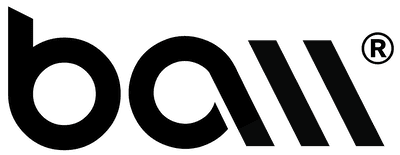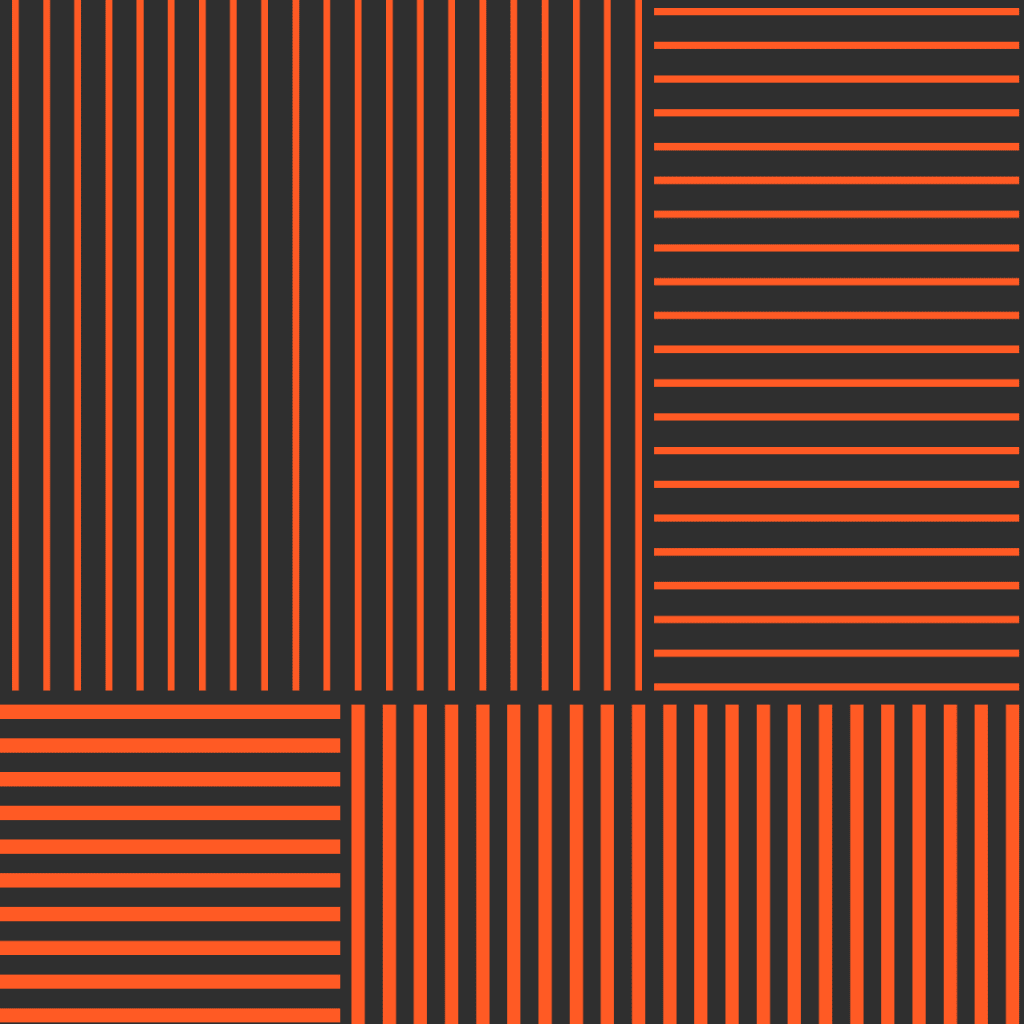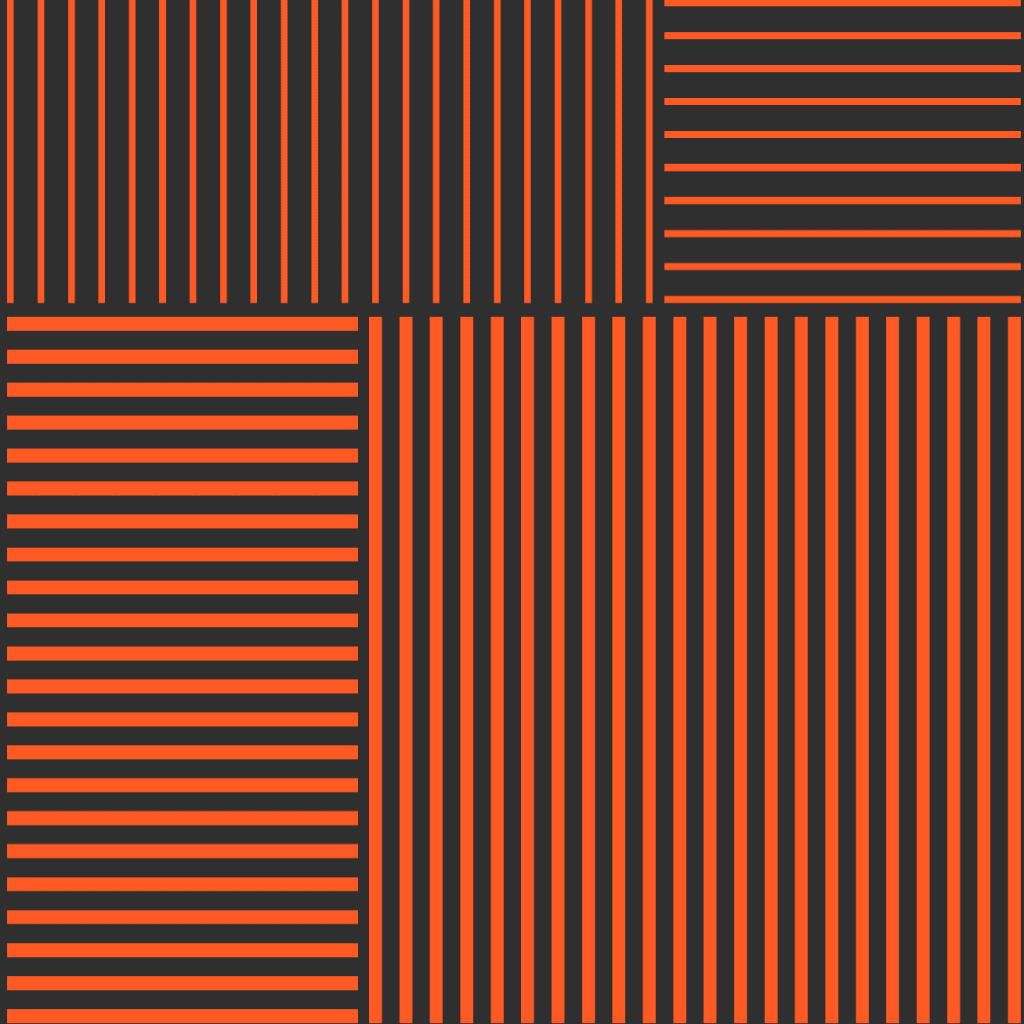It’s 10am and you’re in a team meeting. Staring at a blank whiteboard. You’ve got a business problem that feels like a mountain. Sales are stagnating, your marketing campaigns aren’t landing, or you’re struggling to connect with your audience. Everyone’s looking at you for answers, but you’ve got nothing. If you’ve ever been in that spot, you’re not alone. Creativity might not seem like the answer, especially when spreadsheets and strategy documents are piling up on your desk. But here’s the thing: creativity isn’t just for painters and poets. It’s for business leaders, entrepreneurs, and anyone who has to solve tough problems or stand out in a crowded market.
I’ve been there myself, sitting at the crossroads of “What now?” and “Why isn’t this working?” It’s in those moments that I’ve turned to books like Austin Kleon’s Steal Like an Artist and Rick Rubin’s The Creative Act. These two works aren’t just guides for artists. They’re manuals for anyone looking to navigate life and business with originality, adaptability, and clarity.
Let’s be real: the world doesn’t reward “good enough” anymore. In an era where AI can automate the mundane and churn out content faster than we can consume it, the edge goes to those who can think differently, synthesize new ideas, and create something that truly resonates. Creativity isn’t optional. It’s your competitive advantage. And this isn’t just true in business. From a clinical psychology perspective, I’d argue that the therapeutic relationship itself is a creative process. Especially within the Jungian framework of individuation. But that’s a topic for another time. For now, let’s focus on how creativity can transform not just your work but how you approach life itself.
Creativity isn’t just about drawing pretty pictures or writing poetic Instagram captions. It’s about solving problems in ways others can’t see. It’s about finding opportunities in constraints and turning limitations into strengths.
Think about some of the most iconic business stories. Airbnb didn’t invent vacation rentals, but it reimagined how we connect with travel. Spotify didn’t create music, but it changed how we consume it. Creativity is what allowed these companies to break out of traditional molds and build something extraordinary.
Kleon and Rubin argue that creativity isn’t reserved for the “chosen few.” It’s a skill, a mindset, and a way of approaching challenges with curiosity and openness. Whether you’re brainstorming a new product, building a personal brand, or leading a team through uncharted territory, creativity is what sets you apart.
Insights from Steal Like an Artist: Borrowing, Iterating, and Starting Messy
Austin Kleon’s Steal Like an Artist is a love letter to imperfection, iteration, and the art of borrowing inspiration. His core message? There are no truly original ideas. Only new combinations of old ones.
Embrace the Art of Borrowing
Creativity thrives on influence. Every great idea you’ve ever had was likely inspired by something you saw, read, or experienced. Kleon calls this “stealing like an artist”. Not copying, but taking inspiration from various sources and making it your own. When Nike designed its “Just Do It” campaign, it wasn’t reinventing the wheel. It drew inspiration from motivational slogans, athletes’ stories, and the universal human desire to push limits. By combining these elements, Nike created a tagline that has stuck for decades. Create a “Swipe File” for your business. A digital or physical collection of ads, designs, or ideas that inspire you. Use these as a springboard for your own projects. The goal isn’t to replicate but to reinterpret.
Turn Constraints Into Opportunities
Kleon argues that limitations aren’t roadblocks. They’re creative fuel. When resources are scarce, you’re forced to think outside the box and innovate. Twitter’s (X) character limit didn’t stifle creativity; it amplified it. By forcing users to communicate within 140 characters (back in the day), Twitter revolutionized how we share and consume information. Set constraints on your next project. Give yourself a strict budget, a tight deadline, or a limited toolkit. These boundaries will push you to find creative solutions you might never have considered.
Start Before You’re Ready
Perfection is the enemy of progress. Kleon reminds us that every great idea starts messy. The key is to start, refine as you go, and embrace the iterative process. Think of Gmail’s early beta days. It was clunky, incomplete, and far from perfect. But Google launched it anyway, used real-world feedback, and turned it into one of the most popular email platforms in the world. Stop waiting for the “perfect” moment. Launch your idea in its rawest form, collect feedback, and refine over time.
Insights from The Creative Act: Tapping Into Flow and Resonance
Rick Rubin’s The Creative Act takes a more philosophical approach to creativity. It’s not about action plans and checklists. It’s about cultivating the right mindset to access your inner creative flow.
Tune Into Flow
Creativity isn’t something you force. It’s something you allow. Rubin encourages creators to find practices that quiet the noise and make space for inspiration. Steve Jobs credited his Zen meditation practice for helping him approach problems with clarity and intuition. By creating mental space, he was able to make decisions that shaped Apple’s legacy. Incorporate rituals into your day that encourage flow. Whether it’s a morning walk, journaling, or meditation, create time to let your mind wander and make unexpected connections.
Find What Resonates
Rubin emphasizes the importance of resonance. Creating something that feels deeply meaningful, both to you and your audience. Patagonia doesn’t just sell outdoor gear. It sells a philosophy of environmental responsibility. That deeper purpose resonates with its customers, creating loyalty that goes beyond products. Ask yourself: “What’s the deeper purpose behind what I’m creating?” When you connect your work to something bigger than yourself, it becomes more compelling and authentic.
Embrace the Unpredictable
Rubin sees creativity as a dance with uncertainty. You don’t always know where you’re going, and that’s okay. The key is to stay open to where the process takes you. When Pixar was developing Toy Story, the original concept was vastly different from what we see today. Through trial, error, and iteration, they discovered the story’s true heart and it became a global phenomenon. When faced with a creative block, shift gears. Try a new approach, explore a different perspective, or collaborate with someone outside your industry.
At first glance, Kleon’s actionable advice and Rubin’s introspective philosophy might seem like two sides of a coin. But together, they form a powerful framework for entrepreneurs. Kleon teaches us how to gather inspiration and build momentum, while Rubin reminds us to dig deeper and create work that resonates. With AI the game has changed. Technology is great at automating tasks, but it’s terrible at being human. That’s where creativity comes in. Not as some fluffy buzzword but as your real edge. Kleon and Rubin get it. Creativity isn’t reserved for artists or “visionaries”. It’s a mindset, a way of looking at the world and asking, “What if?” Kleon reminds us that all ideas build on something. Rubin urges us to tune into the world around us, to let curiosity lead, and to embrace the process—even when it’s messy or uncomfortable.
Take Netflix. They didn’t invent movies or even online streaming. They reimagined how people access entertainment. Or Canva, which made graphic design accessible to everyone, flipping an entire industry on its head. These successes didn’t happen by accident. They happened because someone dared to combine old ideas in new ways, to take risks, and to think differently.
The good news? You don’t have to be a genius or wait for a “eureka” moment. Creativity is a muscle, and the more you flex it, the stronger it gets. It’s about showing up, playing with ideas, and being okay with getting it wrong before you get it right.
So, how do you make creativity work for you? Start by keeping a “Swipe File” of ideas that inspire you. Set constraints to push yourself toward smarter, leaner solutions. Launch imperfectly, iterate endlessly, and always align what you create with what matters to your audience.
So, here’s the big question: how are you going to make creativity your edge? Will you stay stuck chasing what everyone else is doing, or will you dare to remix, reimagine, and build something that’s unmistakably yours? In a world that rewards bold moves and fresh ideas, the choice is clear.
Don’t wait for the perfect moment or the perfect plan. Start now. Start messy. Use what you’ve got, and let your creativity lead the way.
Takeaways
-
Creativity Is for Everyone. Creativity isn’t reserved for artists. It’s a core skill for entrepreneurs, leaders, and anyone solving problems or building something new. Embrace the mindset of borrowing, experimenting, and iterating to fuel your creativity.
-
Constraints Spark Innovation. Constraints aren’t roadblocks, they’re opportunities. By working within boundaries, you can push yourself to think outside the box and find unique solutions that differentiate your business.
-
Start Before You’re Ready. The perfect moment doesn’t exist. Launch your idea, test it in the real world, and refine as you go. The process of creation is messy, but progress comes from movement, not hesitation.
-
Tune Into Your Creative Flow. Creativity thrives in mental space. Develop rituals. Whether through meditation, journaling, or walks. Disconnect from noise and connect with inspiration.
-
Resonance Matters. Whether you’re creating a product, a campaign, or a personal brand, it must resonate emotionally with your audience. Purpose and meaning are the foundations of lasting impact.
-
The Creative Process Is Nonlinear. Great ideas rarely emerge fully formed. Allow for unpredictability and embrace the twists and turns of the creative journey. Trust that the process will lead you where you need to go.




